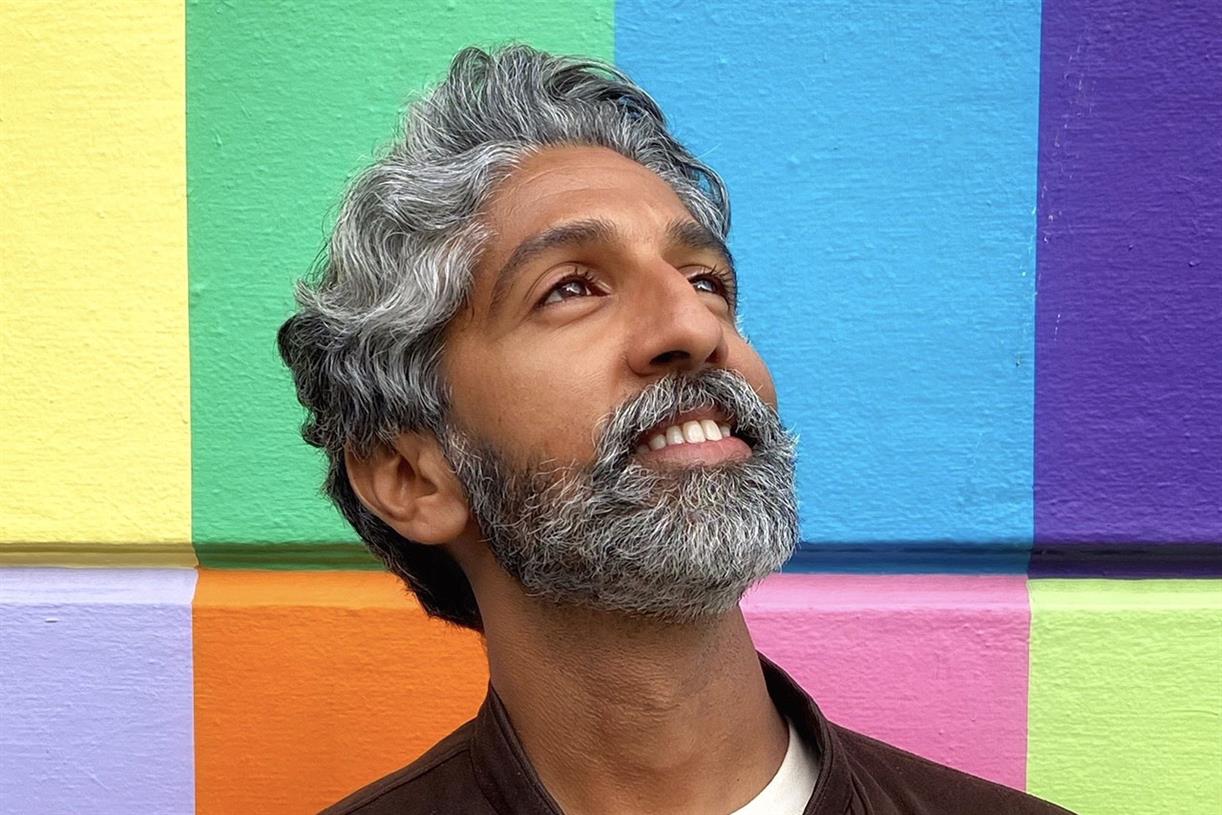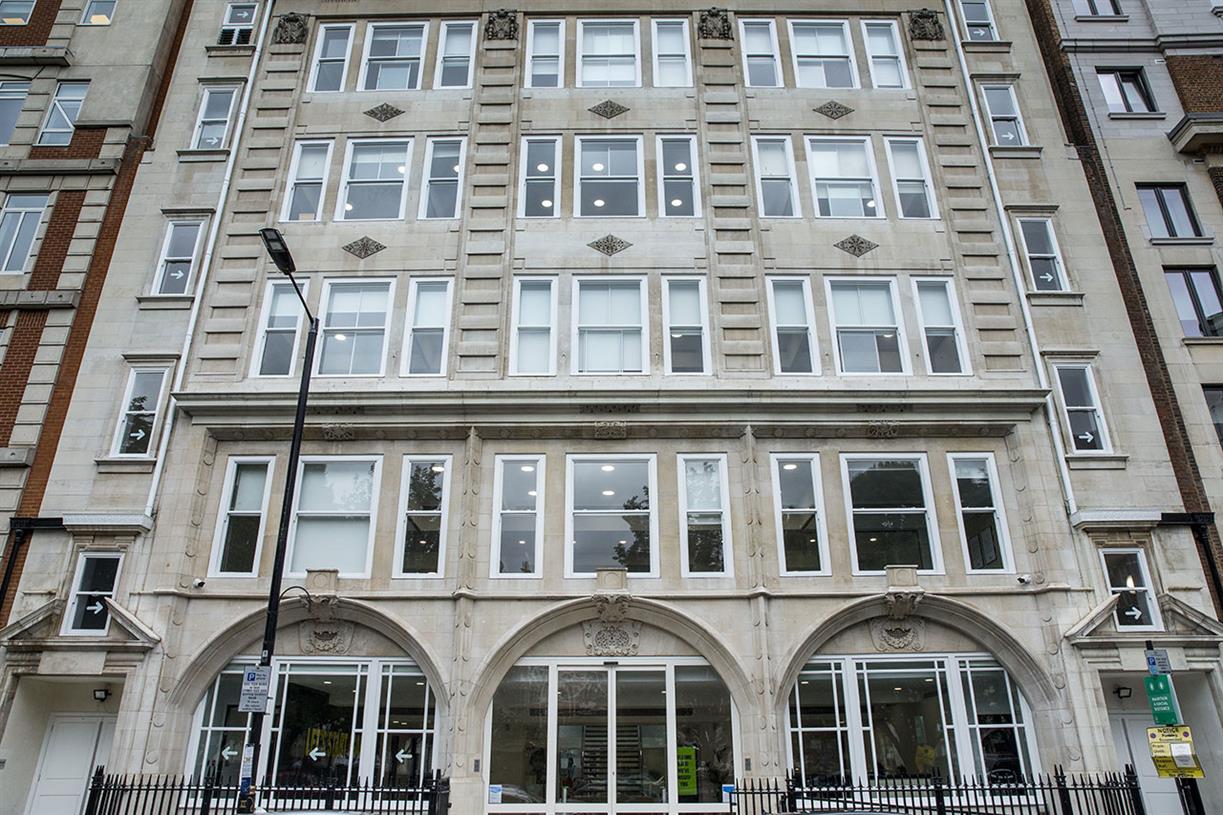LGBTQI+ History: from show queer to pro queer
Leave the 'gay and display' mentality behind, says Grey London's joint head of strategy.

It is LGBTQI+ history month.
Lots of reflection on the past.
Lots of contemplation for the future.
But between this past and future, we're at a pivotal point in our industry.
Even though adland has embraced LGBTQI+ representation in its work, 72% of the same community think the way they are presented in advertising is tokenistic, according to research commissioned by the Gay Times and Karmarama.
Visibility can go only so far in creating a thriving diverse society. If we are to banish queer phobias and empower LGBTQI+ people, we need to celebrate and proactively amplify queer culture around the world. We need to keep asking ourselves, have we done enough? Have we gone beyond the bare minimum? Have we got stuck in visibility-is-good-enough window?
As Edward Enninful, editor-in-chief of British Vogue, said: "People see through this tokenistic approach to diversity in content and campaigns. That's why we avoid special issues – 'the black issue' or 'the religious issue', for example – because every issue should be diverse and representative. It shouldn't be a one-off."
Although we see LGBTQI+ representation across adland, now is the time to move the need. The rule is simple. Don't be "gay and display". We need to leave this mentality behind. It is not anyone's fault, but times have moved on – and as Grey Unite, we wanted to share this with adland.
Putting LGBTQI+ simply as characters that can be interchangeable with all genders is not enough. We need to see our lives reflected in the stories we tell, not just as cut-out characters simulating social norms.
Our history is a tapestry of rich, vivid, hard, bright lives, lived with pride. There is novelty. There is cruelty. And a whole host of honesty. There are stories of survival, heroism, hedonism and activism. We are a people who have always lived on the edges of society, helping it expand its horizons, sometimes at our expense.
We want you to explore our spectrum. From Marsha P Johnson, who started the first Pride riot, to icons like Lady Phyll, who continue Johnson's march to this day. From the sartorial excess of Halston in the 1970s to the rise of an adopted, mixed-race boy, who put Balmain on Beyoncé in the 2000s. From the rainbows woven into Oscar Wilde's words, to the non-binary genius of ALOK's powerful poetry. From Liberace to RuPaul, we have it all here. True pioneers of thought and action, newness.
In the media industry, we are in a unique position to showcase this proactive force. What we create, and the stories we tell the world, have a huge influence on both culture and individual experiences. We are quite literally in charge of the cultural control room. From the first episode alone of It's a Sin, there was a 3,100% jump in searches for "Why was Aids so deadly in the 80s?" and a 30% increase in calls to the Terrence Higgins Trust helpline. Its web traffic has doubled since the show aired. It wasn't just a commercial success. It was a cultural success, smashing stigmas along the way. It wasn't just a story with gay characters. It was our lived history, colliding with culture to make a difference.
Here at Grey Unite, we believe in this collision of difference. Our mission is our prominence, not just presence, amplification, not just inclusion and celebration, not just acceptance – for all queer people. We believe theirstory, herstory and history matters. Queer people have always been difference colliders, mixing and making culture to create something new. We have a lot to share, and a lot to show.
Madonna found her inspiration for Vogue. Adland, you too can find your new here. Welcome to LGTBQI+ history.
Asad Shaykh is joint head of strategy at Grey London and co-chair of Grey Unite

 Tekef
Tekef 










![How to Write Professional Yet Kind Rejection Letters [4 Templates]](https://blog.hubspot.com/hubfs/rejection-letter.jpg#keepProtocol)





















